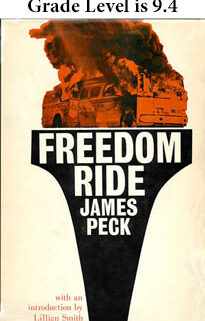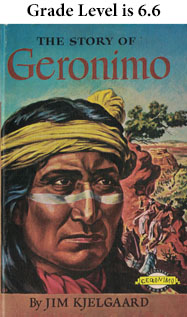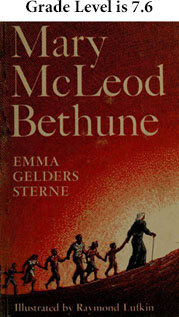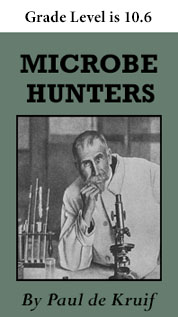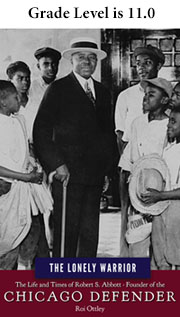Freedom Ride, Civil Rights and Non-Violent Resistance by James Peck
From the Forward by James Baldwin:
“The moral of [the Freedom Ride story is that, however painful it may be for us to change, not to change will be fatal.”
From the Introduction by Lillian Smith:
“This is the vivid, detailed account of how a few people, accidentally or spontaneously, found the symbols that speak to everybody: the need to eat, the need to move—how they went at it, what they endured, how they changed within themselves. I am glad Jim Peck, who is a courageous and thoughtful participant in ideas and acts, wrote it down.”
After reading this work in manuscript. Lillian Smith wrote to James Peck: “I like your book very much. I was moved by it on certain pages, very deeply; and relived much of what I already knew about it.”
This vivid, deeply moving story, Freedom Ride, tells for the first time in book form of the nonviolent action to end segregation that was penetrating the South in the early 60s. Before its on-the-scene report of the 1961 Freedom Rides, it tells of the author’s experience with Jim Crow Bibles used in Southern courts, of segregated benches, shoe-shine stands, buses, churches, prisons, restaurants, rest rooms and waiting rooms.
It tells of a swimming pool in a New Jersey amusement park where white people could enter simply with the purchase of a ticket, but where blacks had to apply for membership to the “Sun & Surf Club” and wait forever. It tells of the student jail-ins, where decent citizens preferred to submit themselves to imprisonment rather than give up their “fightless fight” for humanity. And finally it tells of the now historic first Freedom Ride.
The author, James Peck, is a man whose quiet but passionate concern for human rights earned him fifty-three stitches in his head when, in Birmingham, Alabama, he and the other Freedom Riders tried to show that blacks and whites had the right to eat together in a bus terminal lunchroom. Here is his personal report.
To read this ebook using Google Play Books on your tablet, or iBooks on an iPad, download this epub format.
To read on a device from Amazon, or on the Kindle app on your computer, here is the ebook in mobi format.
Directions on how to email this file to your device are here.
To add this mobi file to your Kindle for PC software to read the chapters on your computer, see these instructions .

